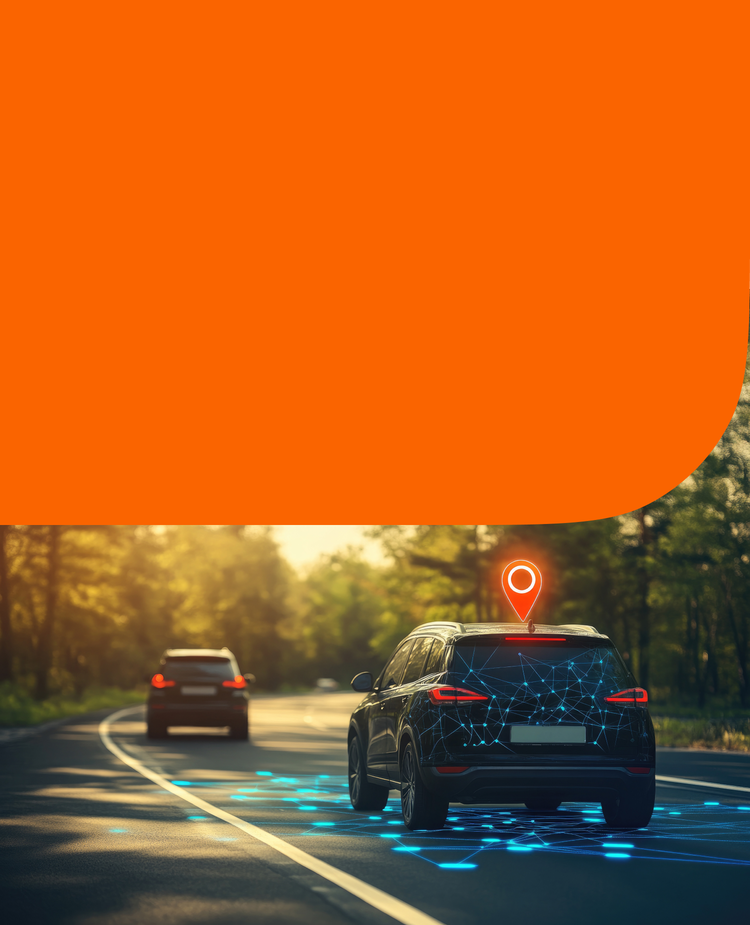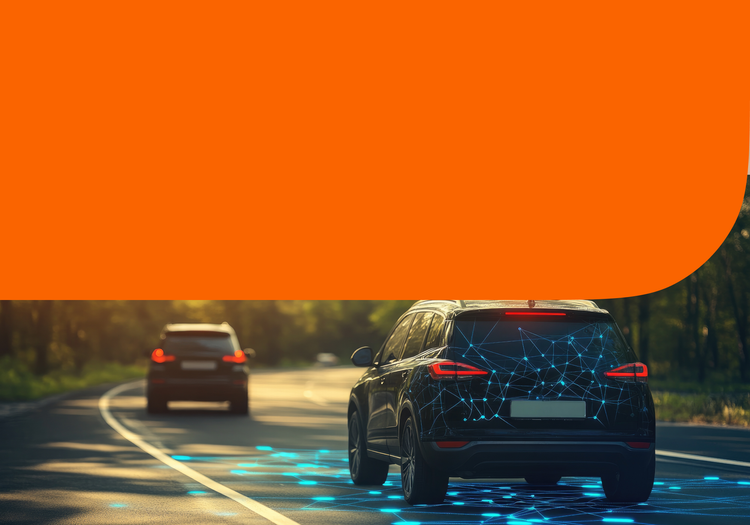
top, right

top, right

Express Lane{ca-indigo-700}
What You Need to Know About Self-Driving Cars
Are you imagining the time you’ll get some work done or kick back for a nap while your self-driving car whisks you to and from work or navigates morning traffic?
The truth is that we’re almost there. While fully self-driving taxis are quietly humming along streets in pilot programs in some Arizona and California cities, that dream isn’t available for the general public just yet.
However, just about every new vehicle on the market today is partially a self-driving car, from automatic braking to taking over and navigating roads that are in its memory banks.
If you have your eye on some of this technology, one good start is to get your auto financing in line. Credit Acceptance can pre-qualify you for financing, so that you can shop with a budget in hand.
Let’s take a look at what’s out there according to the safety gurus at the National Highway Traffic Safety Administration (NHTSA)and the engineering minds at SAE International, the Society of Automobile Engineers, an organization that’s been around for more than 100 years and counts Orville Wright and Thomas Edison as early supporters.
Levels Zero to Two: Still in Control
The engineering world breaks down self-driving cars into six levels. The first three levels of self-driving features have been around for a while. In each level—zero, one and two—you are still supervising the car, even if your feet are off the pedals and your hands are off the wheel, according to the SAE standards.
At level zero, you’re obviously doing all the work. But step up a bit and the car becomes your co-pilot. The level one features include things we’ve seen for years now, like cruise control, which was created in 1948 by Ralph Teetor, a blind inventor who was frustrated with his driver’s herky-jerky tempo. Most newer cars today also have blind spot and lane departure warnings. The level one car can help with steering or foot pedals, but not both.
But when you get to level two, adaptive cruise control will mean the car is doing the footwork when you’re in heavy, stop-and-go traffic and lane centering means you’re not tied to doing all the steering.
Self-Driving Cars at Level Two
Ford and Lincoln have rolled out a self-driving feature called BlueCruise, where the instrument panel turns blue when you are within the roughly 130,000 miles of road contained in the car’s mapping software.
That means adaptive cruise control and lane assistance can work together using cameras and sensors to let you take your hands off the wheel and your feet off the pedals. You still need to be ready to take over at any second, so it’s still not allowing you to take a nap. A camera monitors the driver’s eyes and head position and sounds an alert if attention strays from the road ahead.
The car requires a subscription to stay connected to BlueCruise, which can cost about $700 a year.
Vehicles with General Motors’ Super Cruise system also rank as level-two self-driving cars, with a driver-focused camera, lane assist and adaptive cruise control similar to BlueCruise.
But GM says they’ve got nearly 200,000 miles of roads in their mapping software and automatic lane changing, which begins looking at a safe lane change as soon as you hit the turn signal. Their most distinctive level-two perk is a trailering feature that adjusts for the size and mobility of a vehicle if you’re towing.
Tesla’s level-two self-driving cars are called Auto Pilot, and they have features similar to Super Cruise.
Level Three is Here—For a Price
When you get to this level, you’re on the cutting edge of self-driving, where you can give your feet and hands a break.
Level three is on the market with just one car: the Mercedes-Benz Drive Pilot.
In this case, your self-driving car becomes a traffic jam chauffeur, doing the braking, steering and all-around monitoring. At level three, you must be in the driver’s seat and able to take over when the car asks, but you can look your passenger in the eyes while talking and turn to address your kids in the back seat.
The technology that rockets Drive Pilot into level-three territory is a GPS system that can pinpoint the car’s location within inches. It also has LIDAR (Light Detection and Ranging) on the grill, redundant sensors and cameras all around, a rooftop antenna array and sound detectors that can hear an ambulance before it is closing in on you.
In addition to the cost of the car, which can exceed $100,000, the Drive Pilot system requires a yearly subscription that starts at $2,500.
Levels Four and Five are in the Future
The only level-four cars on the streets are experimental taxis roaming around California and Arizona. They are fully automated—some don’t even have a steering wheel or pedals—but they’re not available to the public just yet.
A level-five car is only a concept right now and it faces a mountain of challenges before it becomes a reality in our everyday lives. Engineers still have to address potholes, graffitied traffic signs and power outages, all of which have bedeviled experimental cars.
But the National Highway Traffic Safety Administration reports that the technology is advancing, including ever-better safety features. That means human error could one day be minimized and mobility could increase for senior citizens and those with disabilities.
If you think it's time to join millions of new car owners across the globe who are getting in on cars with self-driving features, you can begin looking at your budget and which models might be a good fit. One thing you can do immediately—even before you shop for a car—is to explore what financing looks like. Getting prequalified through Credit Acceptance will give you a great deal of information about what kind of self-driving car may be within your reach.